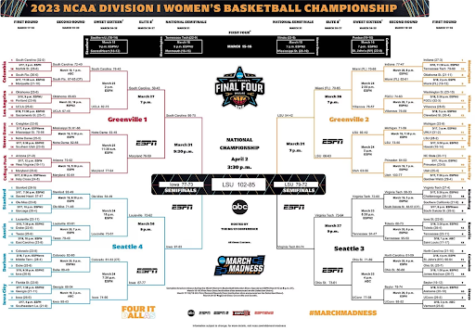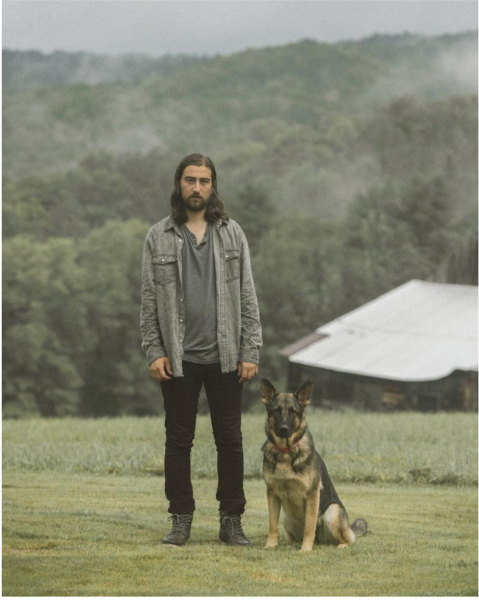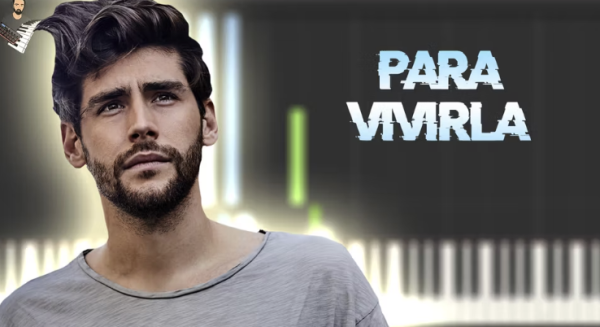The First Amendment and You: Students’ Rights to Free Speech
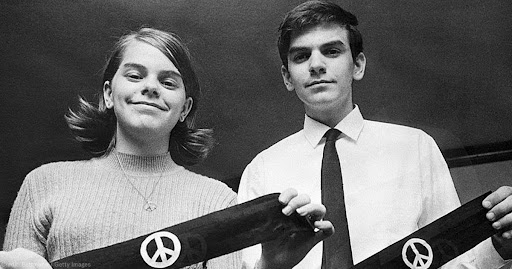
Students with their black armbands opposing the Vietnam War.
November 1, 2021
Our faces may be covered with masks, but our voices can and should still be heard. The First Amendment prohibits the government from “abridging the freedom of speech.” The Supreme Court this past summer in Mahanoy School District v. B.L. confirmed that students do have the right to free speech, even at public school, though there are several types of expression that may be regulated. This article will discuss the importance and scope of the First Amendment right to free speech and how that right applies to students.
Freedom of speech is essential to our democracy. It protects the expression of ideas from suppression and punishment. The free exchange of ideas allows our society to progress. People may consider speech from others, be persuaded or not, and alter their views as well as change established conceptions. It allows people to gain knowledge freely and from a wide variety of sources to test and refine their own thinking. For example, free speech permitted advocates to convince others of the wisdom of extending the right to vote to women over a century ago. The right to free speech also ensures that people may express criticisms of government, thereby pressing improvement of government. All of these considerations are especially important in the context of schools, as students there learn about our freedoms and are nurtured to lead our society in the future.
The right to free speech means that a person may express thoughts that are not popular and disagree with the opinions of others or are even hurtful. For instance, the Supreme Court in 1992 went as far as to strike down a city ordinance that banned cross burning because it prohibited the freedom of expression—even if that expression was reprehensible. The right to free speech, however, is not entirely free from government restriction or regulation and the courts have helped to define the bounds of this crucial right. You may have learned or will learn in U.S. History class, for example, that a person may not scream “fire” in a crowded theater or incite illegal or violent acts. Other examples of expression that may be regulated by the government include obscenity, false advertising, and defamation. But court scrutiny of speech regulations and restrictions is quite vigorous.
The Supreme Court has famously held that public school students do not “shed their constitutional rights to freedom of speech at the schoolhouse gate.” (Tinker v. Des Moines Independent Community School District, 393 U.S. 503 (1969)). So, the court has determined that a student in school may wear a black armband to express opposition to a war and is not required to recite the pledge of allegiance. But students’ rights to freedom of speech at school is not exactly the same as their rights outside the school. For example, speech that disrupts class or creates substantial disorder may be restricted by schools. That means you can’t stand up during your math class and begin to rant about the latest TikTok posting. Other speech that may be regulated by schools includes promotion of illegal drugs, vulgar and indecent language, and student speech that would appear to be a school’s speech, such as through the school newspaper. The Supreme Court, for instance, upheld a school’s right to suspend a student who held up a banner that read “BONG HiTS 4 JESUS” at a school event.
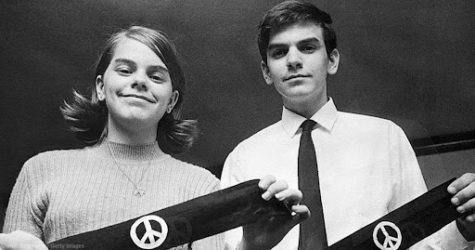
The recent Mahanoy case illustrates how these First Amendment principles interact. In that case, a high school student tried out to be a varsity cheerleader and was instead offered a spot on the junior varsity squad. The student was unhappy with her placement and, over a weekend and at a convenience store, she posted two photos on her Snapchat story. One was of her and a friend with their middle fingers raised and a caption that included “F**k school . . . f**k cheer f**k everything.” The other also complained about the student not making the varsity squad. The school discovered this and banned the student from cheerleading for the year. After the student sued for violation of her right to free speech, the Supreme Court held that the school had indeed violated the First Amendment. It noted that there was no appreciable disruption at school from her acts and, in fact, she expressed herself on a weekend, to her friends on her private Snapchat, and away from the school. It further noted that “America’s public schools are the nurseries of democracy” and that her expression of criticism did not fall outside of the First Amendment’s protections.
You have important First Amendment rights, and they are highly valuable. You may and should exercise them both in and outside of school. But while the government (including public schools) is limited in how it may restrict student freedom of expression, remember when considering a message with which you do not agree with the aphorism that “I disapprove of what you say, but I will defend to the death your right to say it.” (Mahanoy).



